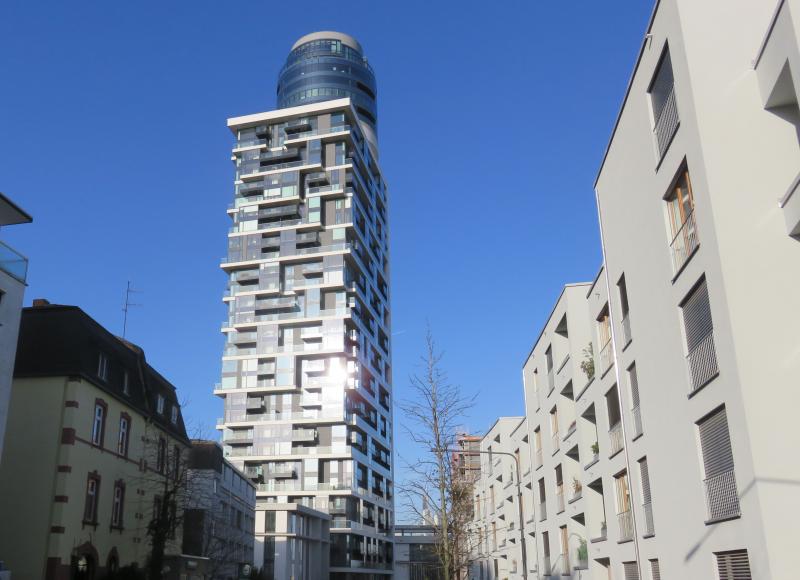Cause for Concern: Berlin’s Housing Market
Cause for Concern: Berlin’s Housing Market
“Should we bypass or (continue to) invest in Berlin?” We keep getting queries of this sort. So, we undertook several dedicated evaluations on the subject of the rent cap, and derived four main insights. Moreover, our “Residential Market Report” is out now, which presents all the important key ratios for Berlin and another 20 A- and B-Class cities.
Investors, property developers, journalists, condominium owners and tenants – all of them are clueless as to which way forward for Berlin’s housing market. Many ask us for an assessment of the situation while others let us know that they have put investments in Berlin on the back burner for the time being. Reason enough for us to analyse the supply-side data for new-build and existing flats in Berlin as provided by the Immobilienscout real estate portal for the past six and twelve months, respectively.
For in-depth information on the housing markets of all 21 A- and B-class cities, we recommend our new series, the Residential Market Report. The reports present all the major key ratios and analyses on the national and municipal level to help you assess the situation on a given residential property market in easy-to-understand form. For more details on the subject, visit our website.
Evaluation and Insights
Existing flats to let – change between Q1 2019 and Q3 2019:
- Rental uplift by 6 %
- Supply has increased by one third, whereas demand dropped to half of what it was.
Insight: Potential tenants are waiting to see what the new law will bring whereas landlords hope to let their flats before the rent cap becomes effective.
Existing flats for sale – change between Q1 2019 and Q3 2019:
- Selling price increase by 10 %
- Supply more than doubled, whereas demand is down by 50 %
Insight: Many owners are dumping flats onto the market in order to cash in on past appreciation, while potential incoming investors prefer to check out other markets.
New-build flats to let – change between Q1 2019 and Q3 2019:
- As a reminder, these are exempt from rent freeze and rent cap.
- Rental uplift by 4 %
- Supply has increased by 70 %, whereas demand is down to one third of what it was.
Insight: Rising rents, expanded supply, growing economic uncertainties and much reduced demographic growth have collectively dampened the appetite for new-build accommodation.
New-build flats for sale – change between Q1 2019 and Q3 2019:
- As a reminder, these are exempt from rent freeze and rent cap.
- Selling price increase by 3 % but by 30 % over prior year
- Supply has tripled, while demand has declined by only one third.
Insight: Many planned projects originally planned as rental accommodation are now offered as condominiums, while investors normally interested in existing building are now looking increasingly into new-build construction.
Conclusion
- The rent cap debate alone has already curbed the propensity to invest in existing real estate.
- Chances that new-build construction projects will be developed as condominium projects have increased because of the lower risk.
- Housing construction keeps losing in appeal compared to the office segment.
- The fact that the housing supply keeps shrinking and getting pricier is hampering Berlin’s growth and prompting residents in general and workers in particular to relocate to Berlin’s periphery.
Note: The blog also features an interview with Sven Carstensen on the subject of the rent cap (in German).
Contact person: André Adami, Head of Division Residential for North, West and East Germany at bulwiengesa, adami [at] bulwiengesa.de






